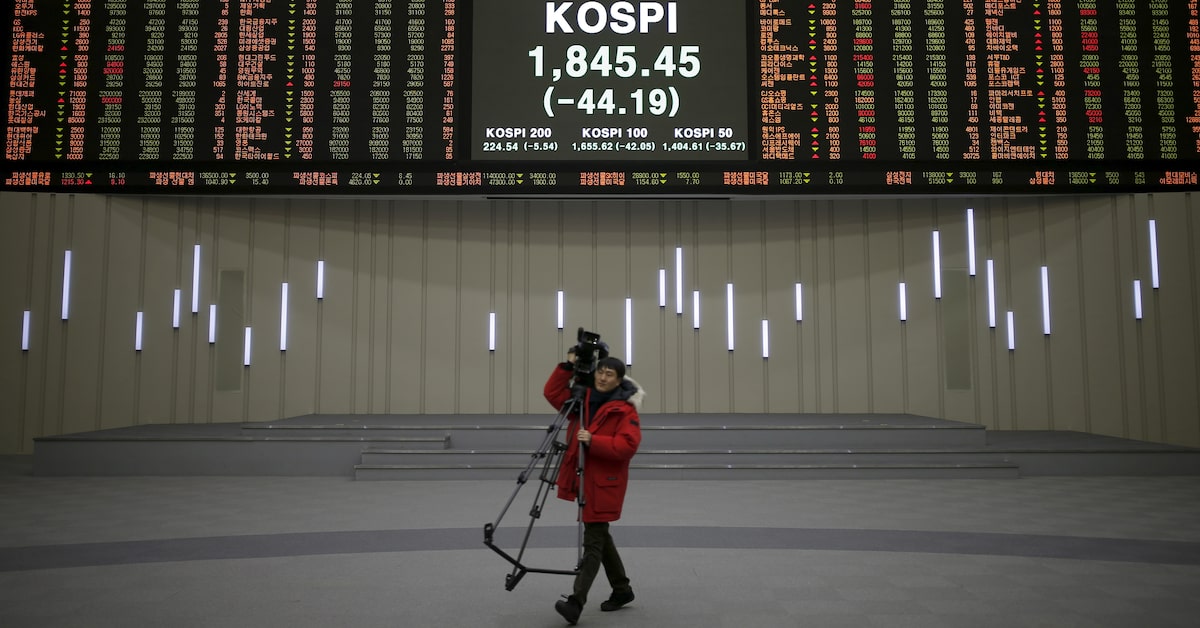Unfortunately, this touched a nerve for me. Considering that opinions are subjective, I assume an "honest" opinion is one that a person provides without any pretenses.
In my opinion, the individual on HC did nothing more than carpet-bomb a thread with "competitive analyses" while providing no analysis whatsoever. Anything to do with AI without any comparison or contrast of the competition -- be it performance, cost, power usage, feature set, etc. It was a campaign to build negative sentiment through the technological ignorance of the investors who were left second-guessing their investment in BrainChip.
This individual also spun other things in a negative light, such as suggesting a horde of investors using mob tactics to vote for an award, or belittling the company for selling swag such as T-shirts, when companies like IBM, Apple, and NVidia do the same.
To suggest that this individual provided some "noble cause" which would have saved investors tens of thousands of dollars is giving this individual a lot more credit than they deserve. However, I will take it that is your honest opinion.
To me, what would have saved investors more money would be to educate them on the amount of time it takes for a company that sells mainly IP to a) complete the design of the IP, b) provide a reference chip as proof of concept, c) produce development boards for companies to "kick the tires" so to speak, d) sign the deals with companies that plan on using that IP, and e) wait the amount it times for those companies to complete their product which is probably a component of a final retail good.
Those convinced that BrainChip was an investment in which an investor would get rich quickly, the Mercedes CES announcement notwithstanding, were betrayed by their convictions. BrainChip's decision to sell only IP was a strategic move to reduce expenses to allow the company to survive long enough to have its product start getting introduced into the supply chain.
I still believe that this is a long-term investment, and those who thought otherwise most likely did lose money (at least on paper) from the decline in the share price or perhaps opportunity costs.
I certainly empathize with the frustrations that others have due to the share price; until the company starts seeing steady revenue from IP sales and royalty payments, it's going to be a waiting game that I think is going to be driven by user sentiment fueled by partnership announcements and new product releases in the Akida product line.
The partnership with VVDN will allow BRN to showcase its product while still sharing the costs with its partner to keep the overhead low. I'm looking forward to the reviews and any performance comparisons to other products to see how well BrainChip holds up against its competitors.
I'm looking forward to future reports from EDGX on using Akida in their satellites and ANT61's repair robot, whose "brain" is set to launch into orbit early next year, and the actual repair robot sent into orbit in 2025. I think these milestones and any successes or failures will have some influence on the share price.
One final thing I wanted to mention regarding competitive analysis. I watched the latest video from Anastasi in Tech. BrainChip gets a mention, but the video mainly showcased the new "NorthPole" neuromorphic processor from IBM. I think what got my attention was the comparison chart of NorthPole to twenty-five other different processors (some of which I did not recognize).
What was striking about this chart was that BrainChip's Akida was conspicuously missing from any comparison.
Things that make one go hrm.....
Another excellent post, well balanced, calmly viewed opinion, thanks for your contributions and knowledge....regards Tech


